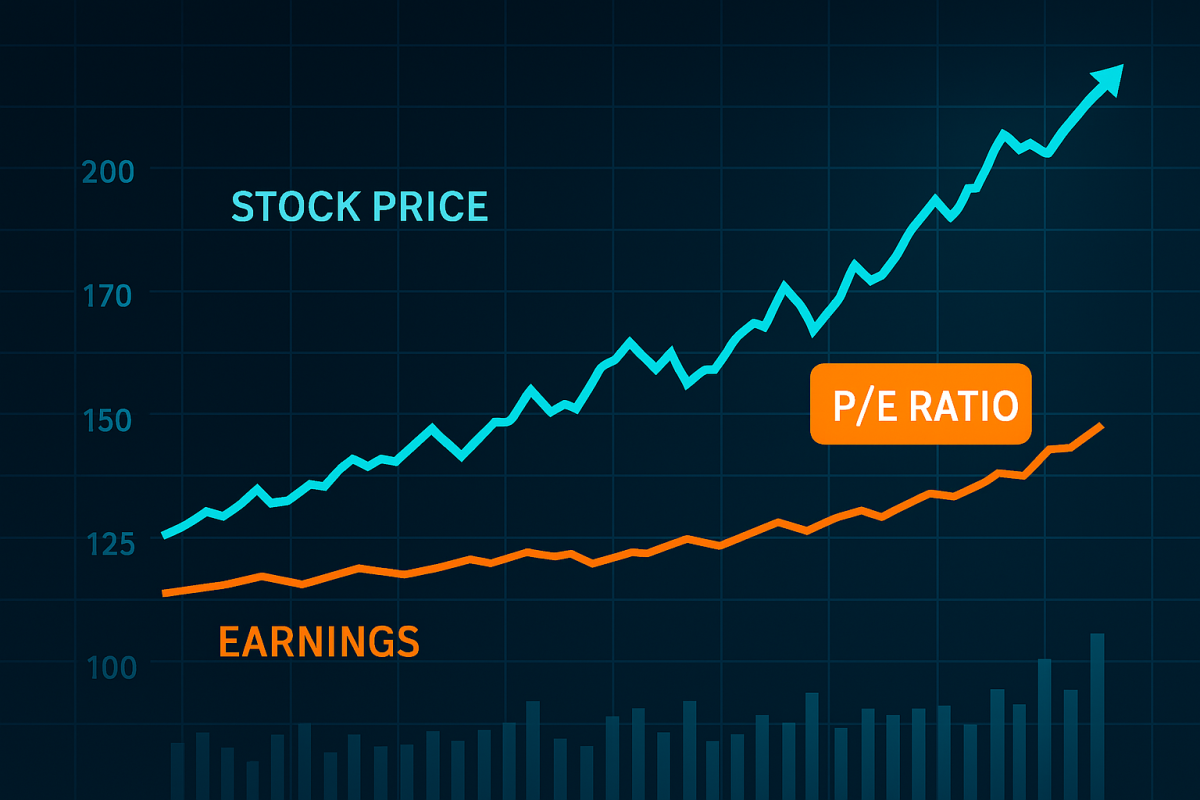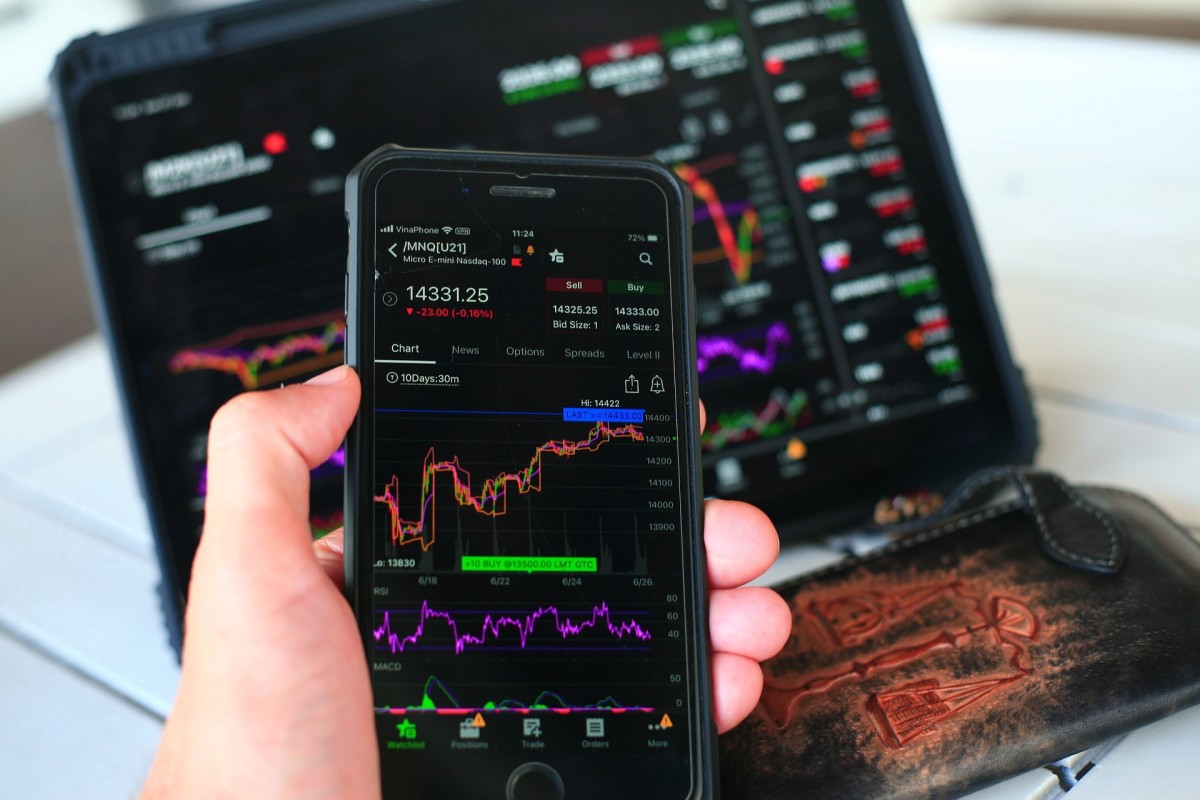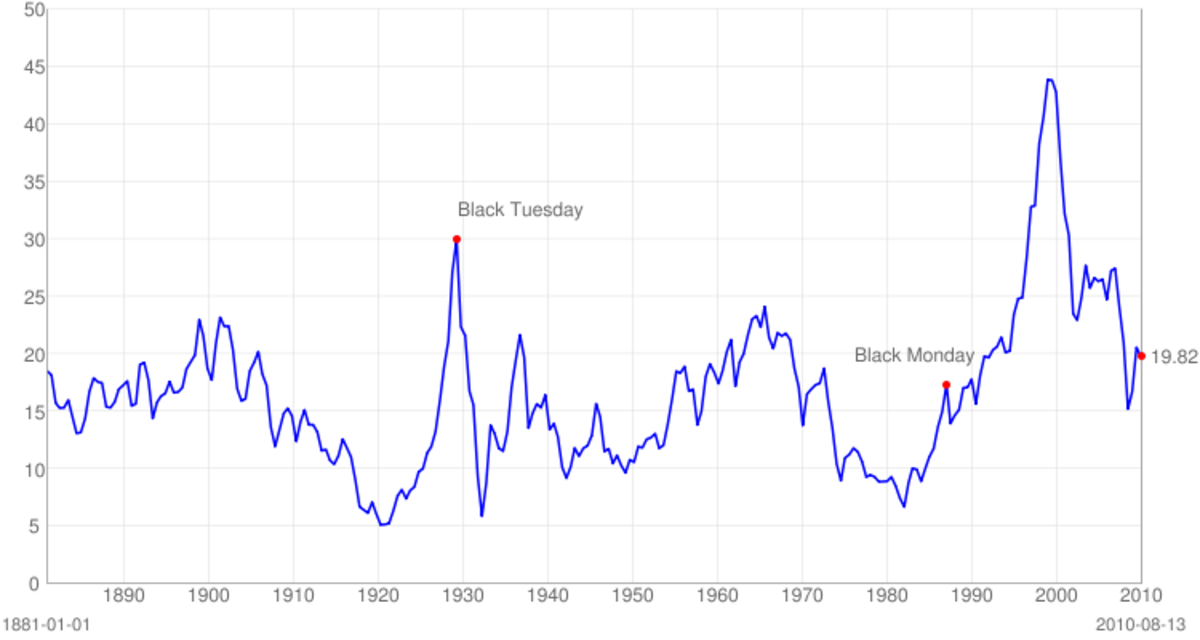Multiples
There is a problem with the PEG and the YPEG ratios; they assume that
the P/E should be equal to the EPS percentage rate of growth, though in
reality this may not be what actually happens. Many investors look at
the estimated future earnings and estimate what is the multiple, by how
many times, purchasers of the corporate stocks are willing to pay for
them. For instance, if Company X stocks have traded at 10 times its
earnings, but currently they have dropped to, say, 6 as the company
management has over-estimated the future earnings, we could reasonably
assume that soon the multiple would return to the around 10 times price
to the earnings. In addition to this, companies whose statements are
supported by creditworthy facts tend to have a higher multiple than
companies that usually do not have so well rounded statements.
(Financial Management, 2005, p.29)
There is another method of the multiple type of valuation methods; when the performance of the stock is compared to market index in which the company is listed. For instance, if the company stocks tended to be by about 30% higher than, say, the S&P index average P/E, than in case of any variation from that difference, it is not unreasonable to believe that it will sooner or later converge, or move closer to, the historical, 30%, multiple figure. However, it is important to stress again, that it will probably only be the case when the market is efficient, that is, many financially educated investors are on the market, trying to balance such excessive fluctuations of the market prices, as those in 1929, 1987, and 2002. (Bullumula, 2004, p.28) However, Coyne and Witter in their study also found that only about a tenth of all major investors have an analysis of the justifiability of the current price of particular shares. (Harvard Business Review, 2002, p.74)









